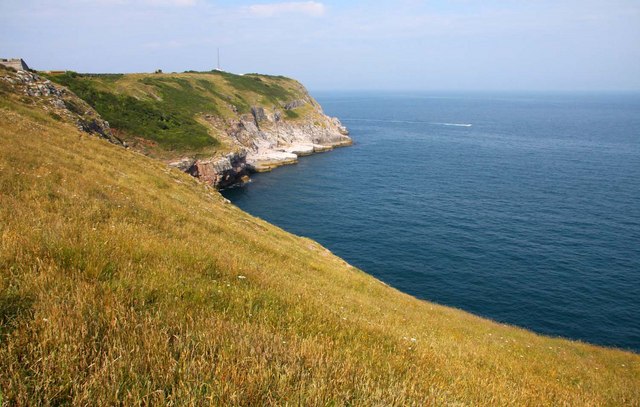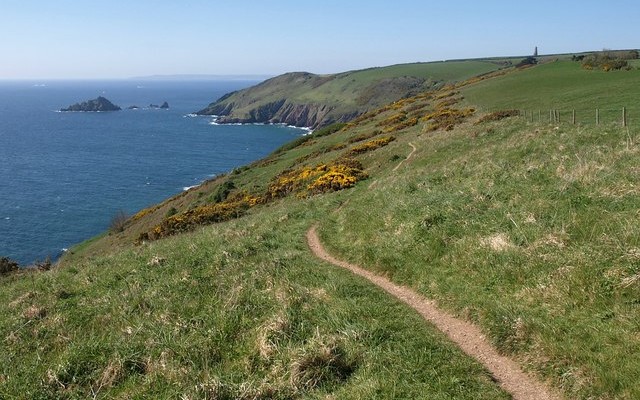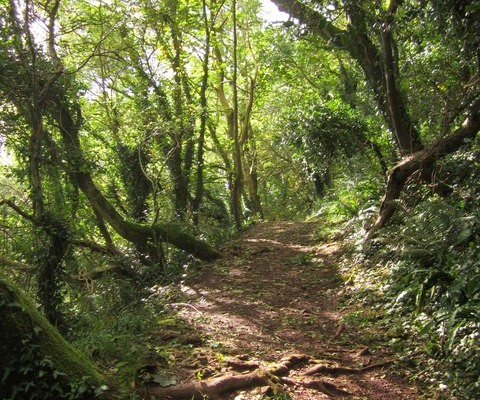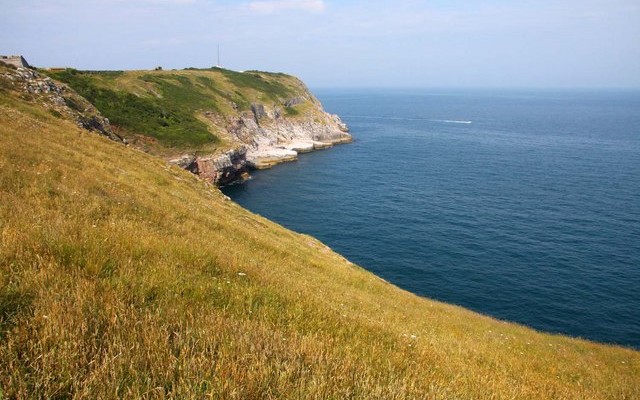Interesting information
From Sharkham Point it is possible to look back at the impressive cliffs made of limestone and mudstone and see signs of folding. Iron mining used to take place at Sharkham Point. Besides its use in the production of iron, the haematite ore was powdered and formed the basis for an anti-corrosion paint.
The link between geology and wildlife is clearly demonstrated along this stretch of coast. There are large areas of species-rich limestone grassland containing a number of rare plants. The different rates of erosion of the cliffs of Berry Head have created a series of ledges which are now home to the largest breeding colony of guillemots on the south coast of England.
This site is a National Nature Reserve, Special Area of Conservation, Site of Special Scientific Interest and Ancient Monument.



